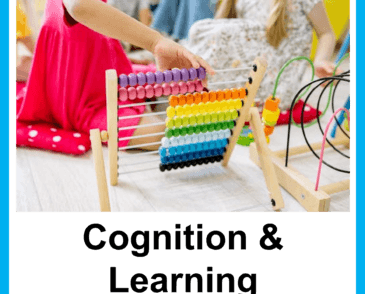

Last Updated - February 5, 2025
Supporting engagement and exploration through sensory play- Early Years – Cognition and Learning
- Adults could implement the Engagement Model. The model includes a profile to build up a consistent picture about how children engage and what they are engaged in. There is also a simple scale of engagement so that we clearly know how our children look/react when they are at their most and least engaged and therefore understand them better.
- Engagement is crucial before targeted learning can happen. We can use what engages the child, as a starting point to learning.
- Adults could provide open ended sensory play experiences to encourage touch and exploration, with gradual differences, for example:
- dry resources – sand and grains;
- different textures and fabrics – silks, cottons and towelling;
- different temperatures such as warm and cold, water play.
- Have the mediums both accessible in small containers (washing up bowls) as well as initially offering exploration through clear zipped pockets to feel, poke and prod. Create a personalised texture hierarchy for the child so that all the adults involved are aware of the child’s preferences. Support the child’s sensory difference through the slow exposure and breadth of experiences.
- Ensure opportunities are built into the day by creating a ‘sensory diet’ for the child, e.g the child needs to climb = build in climbing, swinging, jumping, and spinning opportunities during the day to help the child regulate their proprioceptive sensory needs.
- Refer to the Inclusive play resource from www.sense.org There are a range of YouTube videos demonstrating simple inclusive play activities.
- Sensory Stories are short stories of a few lines which are brought to life through a selection of meaningful sensory experiences. They are particularly beneficial for students with Sensory Processing Disorder (SPD), Profound and Multiple Learning Difficulties (PMLD), Autism Spectrum Conditions (ASC) and other Special Educational Needs and Disabilities (SEND). Create your own sensory stories and sensory rhymes by using props to emphasise experiences of touch, smell, noise, taste etc. adding to the meaning of the text. It will help the child become familiar and more relaxed with these sensory experiences, by them being part of a predictable routine.
- Using multi-sensory umbrellas Sensory Umbrellas and Sensory Storytelling for PMLD (inclusiveteach.com)
- Revisiting play opportunities – ensure the child has opportunities to return to the same experience time and time again without moving on to changes too quickly. Ready Steady Go games are good learning a predictable play sequence.
- Adults could provide feely bags/boxes and treasure baskets with specific items reflecting the child’s special interests.
- Adults may need to provide low-arousal spaces to help a child focus on achieving new experiences and reduce language and sensory overload.
- Noisy toys musical toys may be too overwhelming or be necessary to gain attention and engagement, know the child’s tolerance for these things.
View and/or download the Torbay Early Years Toolkit here: Torbay Early Years Graduated Approach Toolkit – Family Hub
